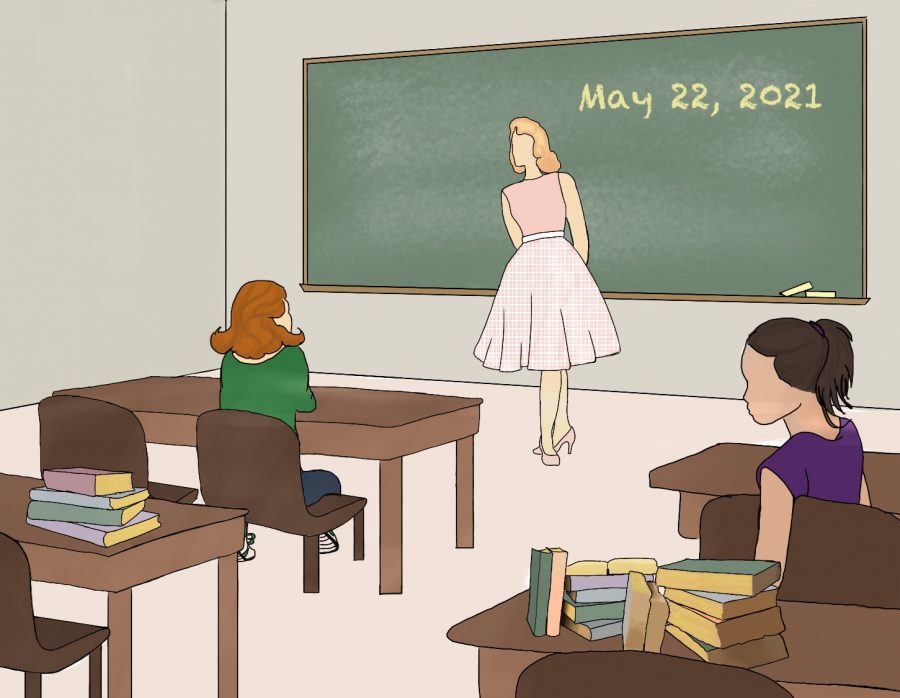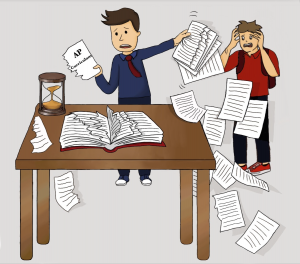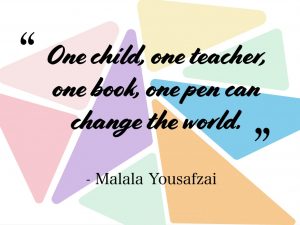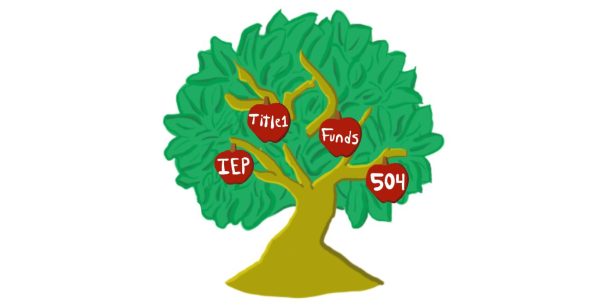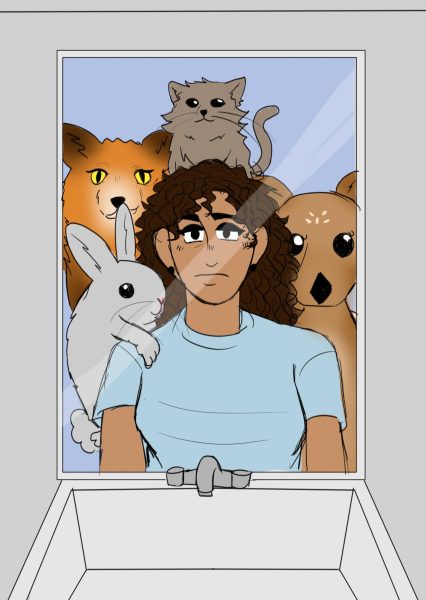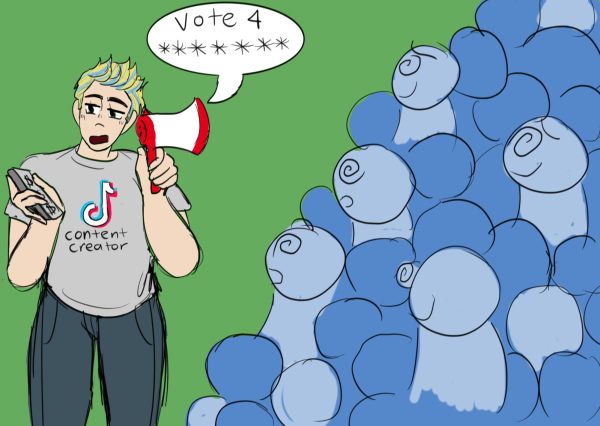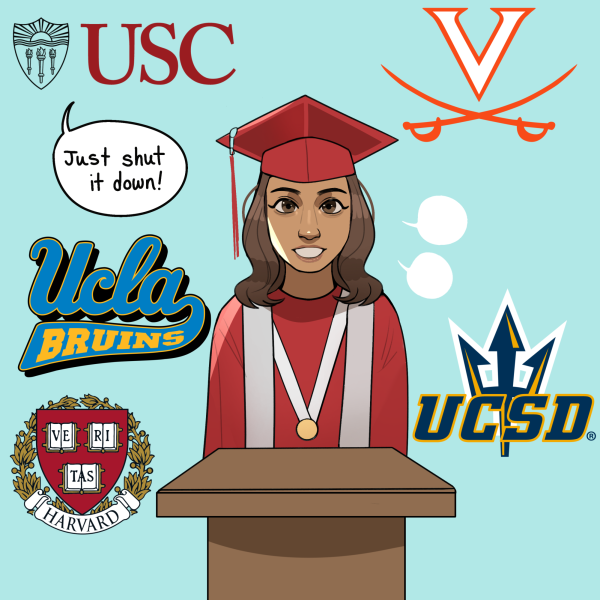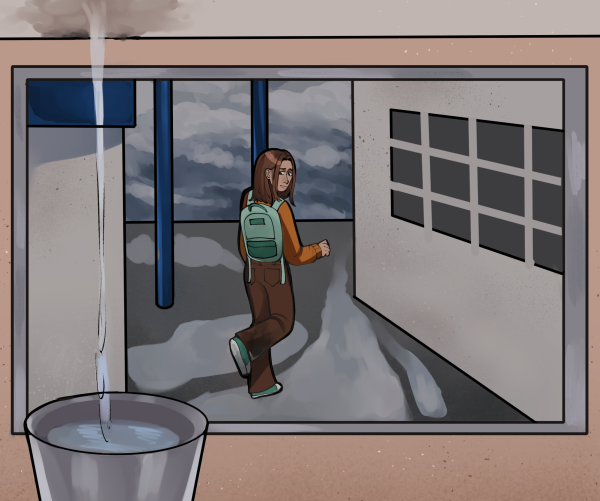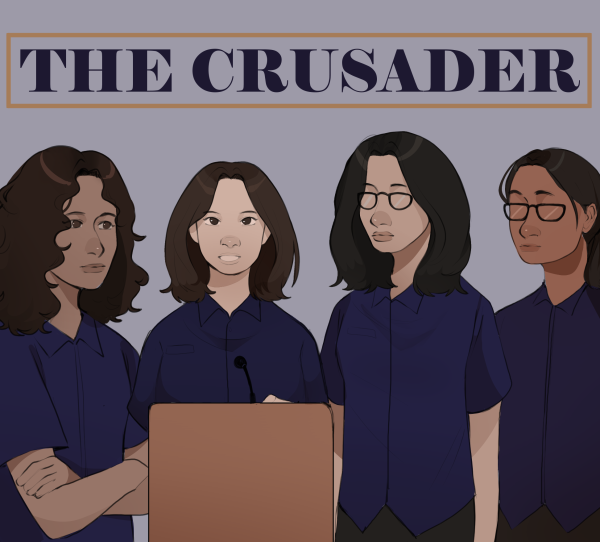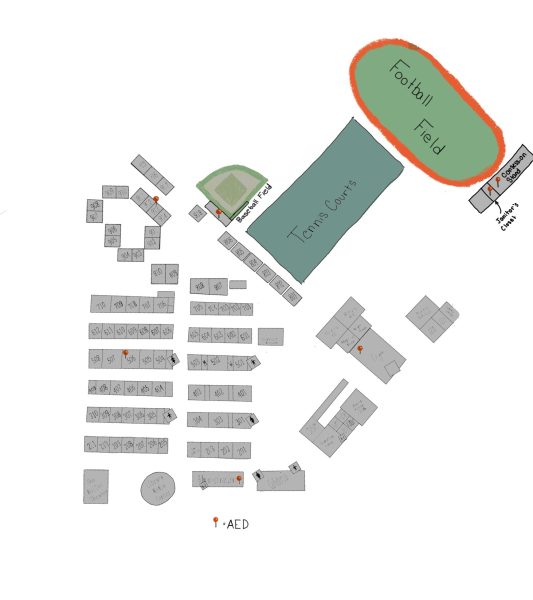Staff Editorial: Curriculum and textbooks must be updated
The current education system is outdated and needs changing. The curriculum and textbooks used at BVH should be updated in order to provide the tools needed to give students the best education and help them succeed in their academic affairs.
“Gardner’s Art Through the Ages,” published in 2005, is the textbook provided to students enrolled in Advanced Placement (AP) Art History—with sources dating back to the 1950s.
For several courses at Bonita Vista High (BVH), the textbooks utilized were published over 15 to 20 years ago, with sources dating back 30 to 60 years. Going through these courses with outdated sources and textbooks does not provide students with sufficient resources for their education. There must be a heavier focus on updating curriculum and textbooks in order to provide students what they need to succeed.
Currently, the curriculum is always in flux. The district provides teachers with a broad list of what to teach students, and from there the teachers decide what and how to teach them. While in some classes such as Economics and Government teacher Frank Schneemann’s, the textbook is not utilized, others make it one of their main forms of teaching curriculum.
Furthermore, teachers not utilizing textbooks as a means of teaching curriculum further enforces that textbooks are outdated and teachers must use other resources to provide a thorough education.
According to BVH Principal Roman Del Rosario, Ed.D., BVH’s education is outdated in terms of textbook material. He hopes that teachers take the extra step to push curriculum to its fullest potential by incorporating other resources.
Regardless of these outside materials and their availability, textbooks should be an updated and reliable resource for teachers and students to use. Without constant adaptations to material, students may lack a modernized technique that will aid them in their future courses.
“[When] I was a biology teacher in the early 2000s, we didn’t have what’s called the Next Generation Science Standards (NGSS). A lot of the textbooks that are being used now [are] textbooks that were around before [those standards] were adopted. I think it would be helpful to have updated textbooks that were better aligned with NGSS, so there’s room for improvement,” Del Rosario said.
Teachers have the ability to take part and influence textbook adoptions when they feel necessary, however, Del Rosario feels that many don’t want to make that step as it could take away from time teaching their students. Nevertheless, he furthers that teachers’ voices matter in making these adoptions possible.
Without the proper resources and course material, students are not provided the tools they need to be successful in high school and beyond. Having textbooks that contain sources from a more modern point of view allows them to move past the outdated system and develop their own modern perspective.
Techniques that we learn in solving our math or science problems must be explained to us in modernized ways, or we may not meet the standards of education that universities beyond high school expect from us.
Being the next generation, we must move past outdated systems. According to a poll of 438 students collected on May 20, 53.8% of them agreed that curriculum and textbooks are outdated. Coming from a Title 1 school with federal funding for students, it is understandable that curriculum cannot be constantly shifted and adapted due to economic barriers; however, it is of utmost importance to remain informed and modernize curriculum and textbooks every 5 to 10 years.
Del Rosario expressed that the issue most times that prevents these constant updates to textbooks is due to a lack of funding. The district may argue that there simply just isn’t enough funding, however, with more advocacy by administration, teachers and students, it is possible to push the process further.
In addition, Del Rosario indicated that due to the recession and stimulus funding allocated to improving education, there is an opportunity for the district to upgrade and adopt new textbooks.
A solution to the issue of outdated materials could be to adopt the process of curriculum updating used by the International Baccalaureate (IB) Diploma Programme (DP).
“All DP curriculums are reviewed on a seven-year teaching cycle to ensure that each is fit for purpose in a changing world and incorporates the latest educational research and lessons learned from a thorough evaluation of the existing curriculum. The DP curriculum review is a collaborative process that aims to produce excellent, internationally minded, research-based curriculums and support material that enable students to develop the attributes of the learner profile and the IB mission, thereby providing an excellent preparation for life in the 21st century,” the IB Organization (IBO) writes on their website.
Ultimately, BVH teachers and students must make their voices heard by the district for modernized textbooks to use in curriculum. Having this additional resource available as a main source of information will aid students’ education and ensure BVH supports students to its fullest potential.
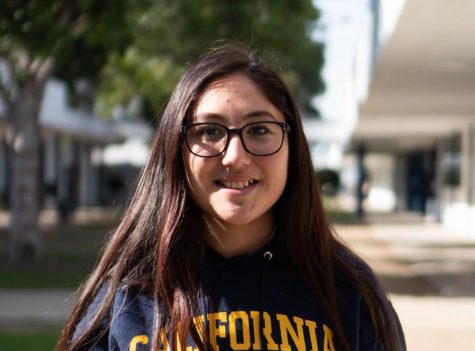
Hi! I’m a junior at BVH and this is my second year on the Crusader staff. My position this year is staff artist, which means I get to make graphics and...

